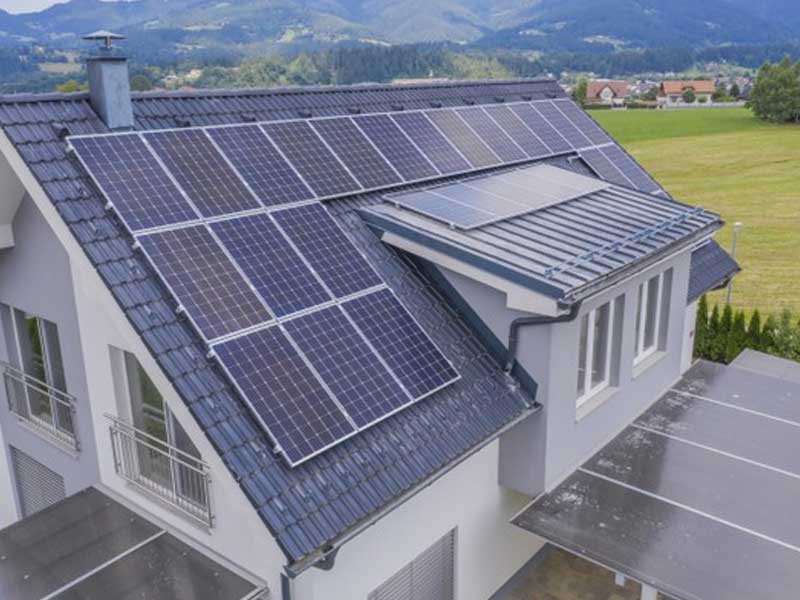5 Things Nobody Tells You About ADUs

5 Things Nobody Tells You About ADUs
With the changes in the laws from 2020 in California, the ADUs became increasingly popular. They have an exciting return on being destined for rent. Also, if it´s used to hold a family member, the mortgage payment’s monthly cost is much less than apartment rent.
Although not all that shines is gold, building an ADU requires a significant investment, more than a home remodeling. In the middle of an ADU construction, you may find yourself with surprise costs, so that this does not happen to you; we list a series of 5 costs to take into account.

1) Impact fees.
These are rates that the government stipulates to support improvements, services, and public facilities affected by the population increase. These rates have always existed and applied to all constructions. With the changes starting in 2020, the good news is that ADUs of less than 750 square feet will not have to pay.
It is crucial to keep it in mind because the state says where a single-family residence is located, an 800 square foot ADU can be built. And the thing is that for those 50 square feet of difference, your ADU costs will increase several thousand dollars in fees.
It is worth mentioning that the rates are also calculated based on your main house’s rates if built today, which means that the price per square feet of the ADU will be paid like the main house. As this is often difficult to calculate, many people build and wait for the city to review the plans and then know how much they have to pay. The issue is that if your budget is tight, it will not be pleasant at all the moment when you have expenses close to $ 10,000 just for 50 square feet, which really in the day to day you would not feel the difference of having them or not.
Our advice? Build no more than 750 square feet!

2) The direction of expansion matters!
Pay attention to your roof’s slope because even if it does not look like it is usually more expensive to expand to the sides than to do it towards the front or back.
There are two main reasons:
# 1. It is common for garage roofs to slope to one side. In that case, the side walls will support the structure. So when it is extended to that side, the wall will have to be reinforced a lot so that it continues to hold its load, making a new roof much less convenient. On the other hand, going to the front does not have that problem since having a large opening does not need to do a wall demonstration, and it would save money. Something similar happens when expanding backward; the difference is that a wall demonstration will be necessary without load support.
# 2. As we mentioned before, having to replace the roof is not convenient, and when expanding to one side, it will be necessary to do so to modify it to have a gable. The costs to carry out an expansion for a gable roof are much higher than continuing a roof pitched in the same direction. So to keep your ADU costs down, whenever possible, expand your garage from the front or back.

3) Separate the utility meters.
If you are going to rent your ADU, it is good to have the utilities on separate meters, and if you do not plan to rent it now, think that it can happen in the future, and it is best that your tenant’s bills arrive separately from yours. Another reason could be if you plan to rent both the new ADU and the main home. Installing separate meters for utilities is indeed expensive. A separate electric meter alone may cost $ 2000- $ 5000 or more, but the reality is that it can save you many headaches or friction with tenants down the road.
Today there is the possibility of installing an aftermarket submeter that uses an app to show you exactly how much water, power, or gas the ADU tenant is using. Although this way, you will not receive a separate bill from the utility company, it will be easier to display the data and add your rent’s corresponding cost each month.
We recommend that you consider the expenses of the services division in the construction of your ADU, both for the reasons we mentioned before, as well as foreseeing the possibility that in the future, you may sell your ADU separately from the principal home. This is something to be reviewed in the laws to combat the need for affordable housing.

4) Newly built ADUs must have solar panels.
If the ADU is built from a garage conversion, this is not required, although consider it an option. For all ADUs that are new constructions, the placement of solar panels is a requirement, where the only exception is if the site has too much shade for the solar panels to be effective. An inspector will decide this, so do not spend unnecessary money until you are sure.
As we mentioned before, although it is not required, consider the installation of solar panels since in 2021 there is a tax credit of 26%, and it is guaranteed until 2022, so the extra cost of them would be what you save during the next two years. Charges related to system installation and maintenance, such as roof repair, storage batteries, and electrical panel upgrades, may also qualify for the rebate.

5) The cost of materials varies.
Year after year, inflation generates an increase in materials such as wood, cement, and steel.
Although there is no way to control the price of materials, you can consult with your contractor and get an idea of deadlines and know from a good source how much the costs are changing. If you know that you will have the credit, you can have the construction quoted with your plans and thus be able to start negotiating with your contractor. Remember that the offers have a deadline, so it should not take too long to decide. Another good way to beat the increase in prices, you can start collecting material that you will later use for construction. Do not do this without first talking with your contractor since what you do not want is to buy materials that you will not use later. That would be a waste of money.
It is always better to have an additional 10% or more of the construction budget as you may find yourself with an imponderable or change your decision regarding some completion.
It is best if the contractor you choose has ADU experience as well as the designer or architect. If you are not aware of the new laws, you can make mistakes that result in loss of money, a very common one is to tie the ADU pipe to that of the main house; not allowed from 2020.
ADUs are a fantastic investment.
Related Articles
Related
4 Things to Think About Before Adding an ADU for Elders
One of the most common situations in which people consider placing an ADU on their property is to create a new space in their home to accommodate their elderly parents. To find out if building an ADU is a good option, you should answer these questions.
350 Square-foot Studio in 24 Hours.
Something that seemed to be impossible now could be a reality. build a 350-square-foot home in approximately 24 hours.
All About ADU´s in CALIFORNIA
What is and ADU? ✔ Where is an ADU allowed? ✔ How Big is an ADU? ✔ What is a JADU? ✔ Can i rent an ADU?✔ The answers to all this questions and even more are waiting for you. We are ADU experts.


